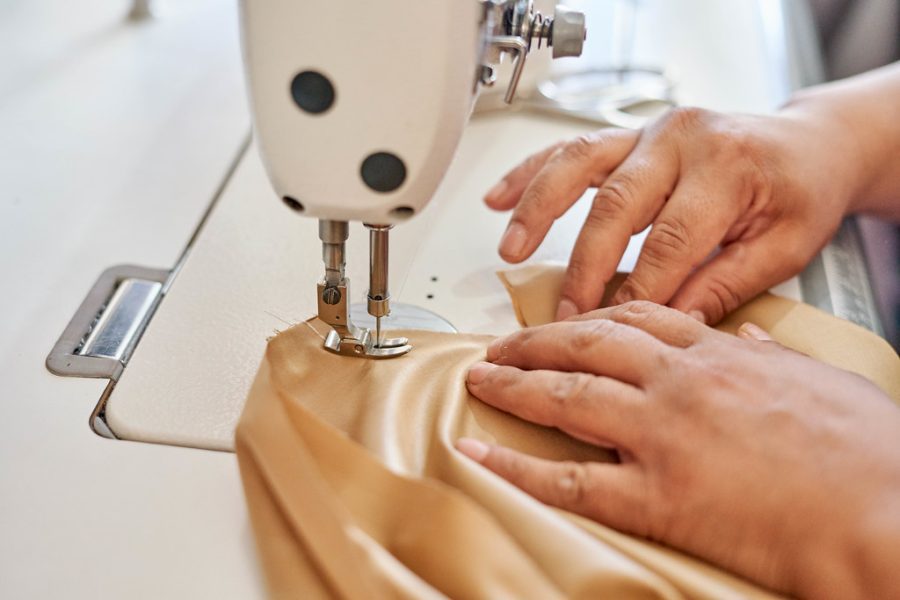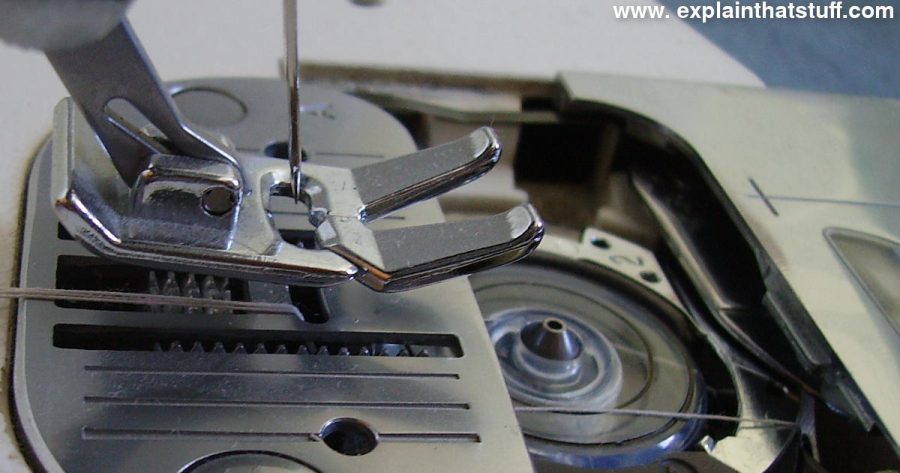Sewing is an art form that involves joining pieces of fabric together with various stitches or techniques. It allows us to create beautiful and functional items like clothes, accessories, and home decor. Just like any other craft, sewing has its own language with unique terminology. In this article, we’ll explore some commonly used sewing terms that may seem similar but have distinct meanings.
Fabric vs. Notion
When talking about sewing, the terms “fabric” and “notion” often come up. While both are essential to the sewing process, they refer to different things. Fabric refers to the material itself, such as cotton, silk, or denim, that you use to create your project. On the other hand, notions are the additional items you need for sewing, like buttons, zippers, thread, or trimmings.

Stitching vs. Hemming
Stitching and hemming are two basic sewing techniques, but they serve different purposes. Stitching refers to joining two or more pieces of fabric together using a sewing machine or a needle and thread. It can be used for various parts of a project, such as attaching sleeves to a garment or creating seams. Hemming, on the other hand, is a specific type of stitching used to finish the raw edges of fabric, usually on the bottom of a garment or on sleeves.
Pattern vs. Template
Patterns and templates are both essential tools in sewing, but they have different functions. A pattern is a set of instructions, usually printed on paper, that guides you on how to cut and sew fabric pieces together to create a specific garment or item. It includes information on sizes, measurements, and the layout of each pattern piece. A template, on the other hand, is a physical object made of rigid material like plastic or cardboard. It is used as a guide to trace specific shapes onto fabric, often for smaller details like pockets or appliqués.
The world of sewing is filled with rich terminology that may seem overwhelming at first. By familiarizing yourself with the different sewing terms and their meanings, you’ll be well on your way to mastering this beautiful craft.
The Importance of Understanding Sewing Terminology
Understanding sewing terminology is vital for anyone looking to delve into this creative skill. Using the right terminology ensures effective communication with fellow sewists, following pattern instructions correctly, and troubleshooting sewing problems. It allows for a smoother sewing process and helps you achieve better results in your projects.
Final Thoughts
Learning the language of sewing is an ongoing journey, but by grasping the distinctions between similar words, you’ll gain confidence and expand your sewing skills. Whether you’re a beginner or an experienced sewist, remember to embrace the rich and diverse vocabulary of sewing, as it opens up a world of possibilities!





Interesting concept!
This is such a creative idea! Sewing words together to make new phrases is unique and fun. It’s a great way to express yourself, and can help you better understand the language.
I’m totally trying this out!
I’m totally loving this idea too – it offers new ways to communicate and explore language! The possibilities are endless and it’s a great way to get creative with words.